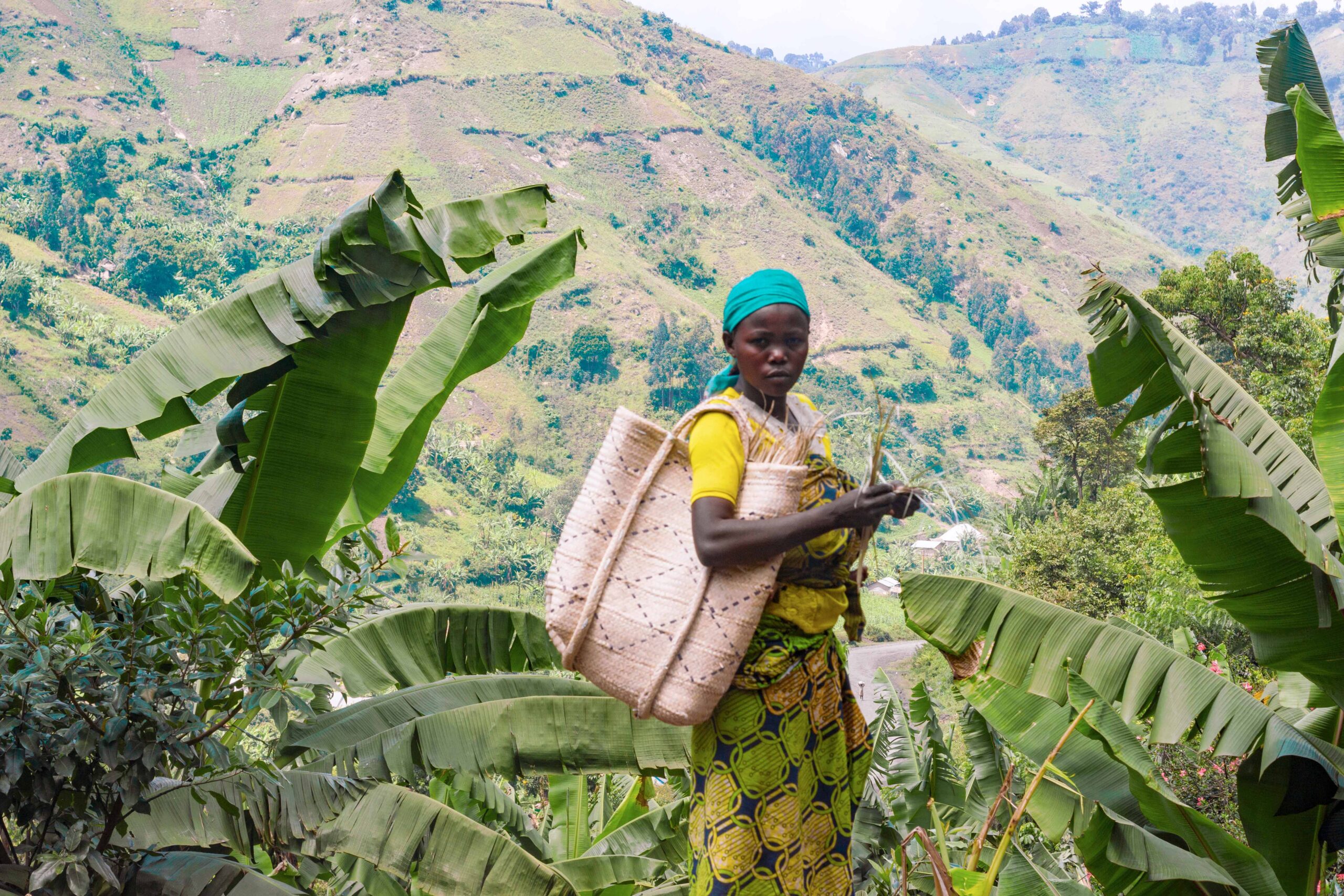There is beauty in everything, but not all of us can see it. And in anything that we do, what we see depends on what we look for. In the same field, a botanist will notice the plant structure, a photographer the landscape, space to architects, artists the colouring of the area, and other people a route they take home every day. Though we all look at the same things, it does not follow that we see them similarly. But beauty is a hard thing to quantify, which is why we decided to speak to as many photographers and also non-photographers as we can about why they choose photography as their language of communication. As far as research goes, we know that there are two types of photographers: Some image-makers love it when the people they capture know it’s them, and some love seeing people when they are unseen. In any case, when looking at an image to be made, point of view is extremely important. It is a way of being vulnerable, and also a state where critical decisions about which elements to portray and which elements to delete has to be made. Beauty and who sees it best is why we started the conversation with Victoire Douniama. It is also the result of a serious case of photography admiration and, also, a lot of curiosity about the work Victoire is pushing in Congo because it is not just about her subjects, it is also about the landscape, and the ability to show the beauty of a country in a non-touristic, simple and natural way. There is also the feeling and mood of Victoire’s work: Colours, rhythm, texture and the way she sees things.
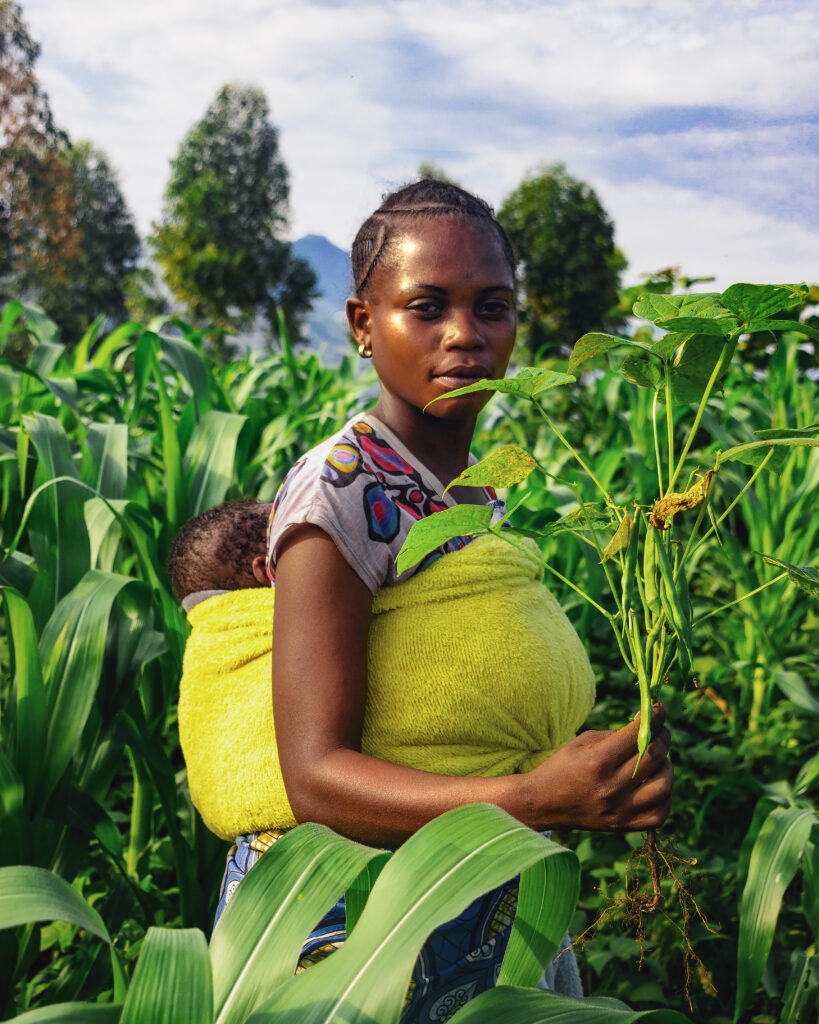
Victoire is a contributor to Everyday Africa and a member of Native Photograph and Women Photograph. She has also been commissioned by international media outlets and organizations including The Guardian, NPR, Global Citizen, UNPD, UNICEF, Agence Française de-development, Zeit Magazine, Congokitoko, Ndozicongo, Culturetrip, Ozzy Media, FIMI IWF, ASI, and Airbnb Magazine to name a few. Her work has also been featured by the WordPressphoto organization. Her personal project les sapeuse du Congo has been exhibited in New York under the Title “Tuxedo redefined“. In Switzerland under the Title “No Dandy, No Fun“.

What Camera do you prefer to use and why do you prefer it?
When I decided to take photography seriously and quit my 9-5 I purchased my very first camera which was a Canon 600D. I still purchase my DSLRs from Canon, but I just wanted to put it out there because I feel like so many young people who aspire to get into photography are way too worried about the equipment. It is partially important, but you do not necessarily need the most expensive camera. I know so many talented people that have developed an “eye” for making amazing photographs using their iPhones or smartphones. Developing an eye is just important when making photographs in my opinion because if you have an expensive DSLR yet your perspective or composition is not right then what’s the point?
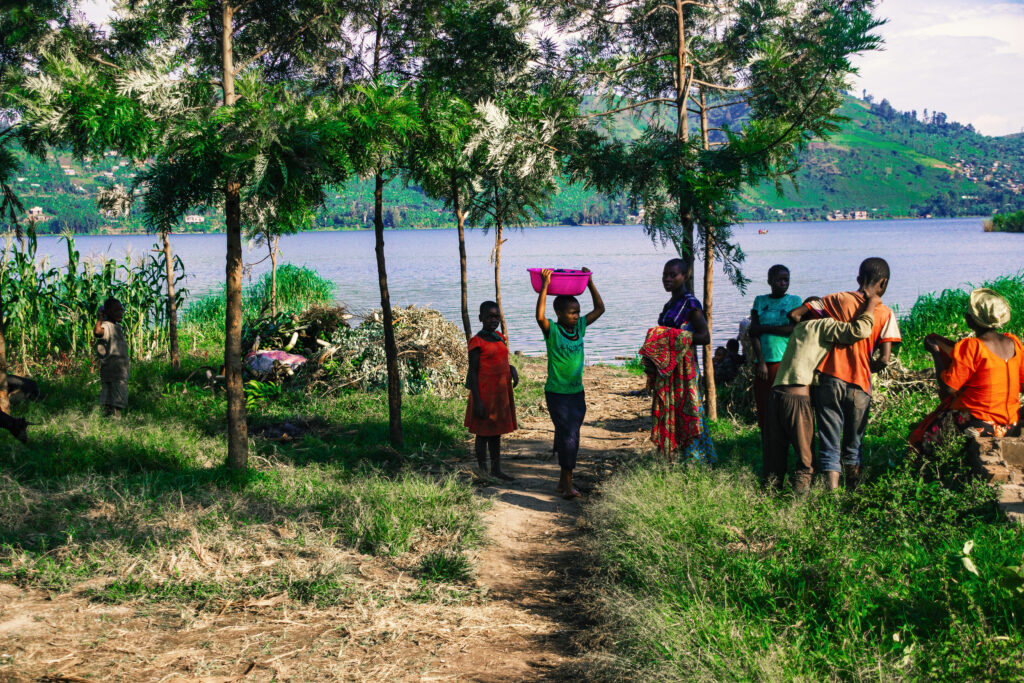
Can you briefly talk about your relationship with colours in your photography?
Color, colour, colour! Yes, I would love to talk about that. It is quite weird because I used to have a favourite colour which was Black, believe it or not, you would think that someone like me would be more drawn to black and white photography but surprisingly not. I moved to Congo after finishing my studies in South Africa and the first thing I noticed was that the scenery is very different from what I was surrounded by in South Africa. Congo is very colourful so I naturally found myself drawn to that. I wanted to show that aspect of my surroundings in Congo. The colourful wall paints, the street vendors walking around with colourful trays of fruits on their heads. Or the markets filled with colourful umbrellas. I then fell in love with colours and how they affect my mood so I try to incorporate colour in my style as well, which like 5 years ago I wouldn’t be caught dead with a yellow shirt. But I am constantly learning and evolving so I embrace the change.
What do you consider a good photo?
A good photo in my opinion is a photo where my subject is not aware they are being captured. I feel like portraits like that portray the true essence of an individual. Like it is not staged and that is very precious to me.
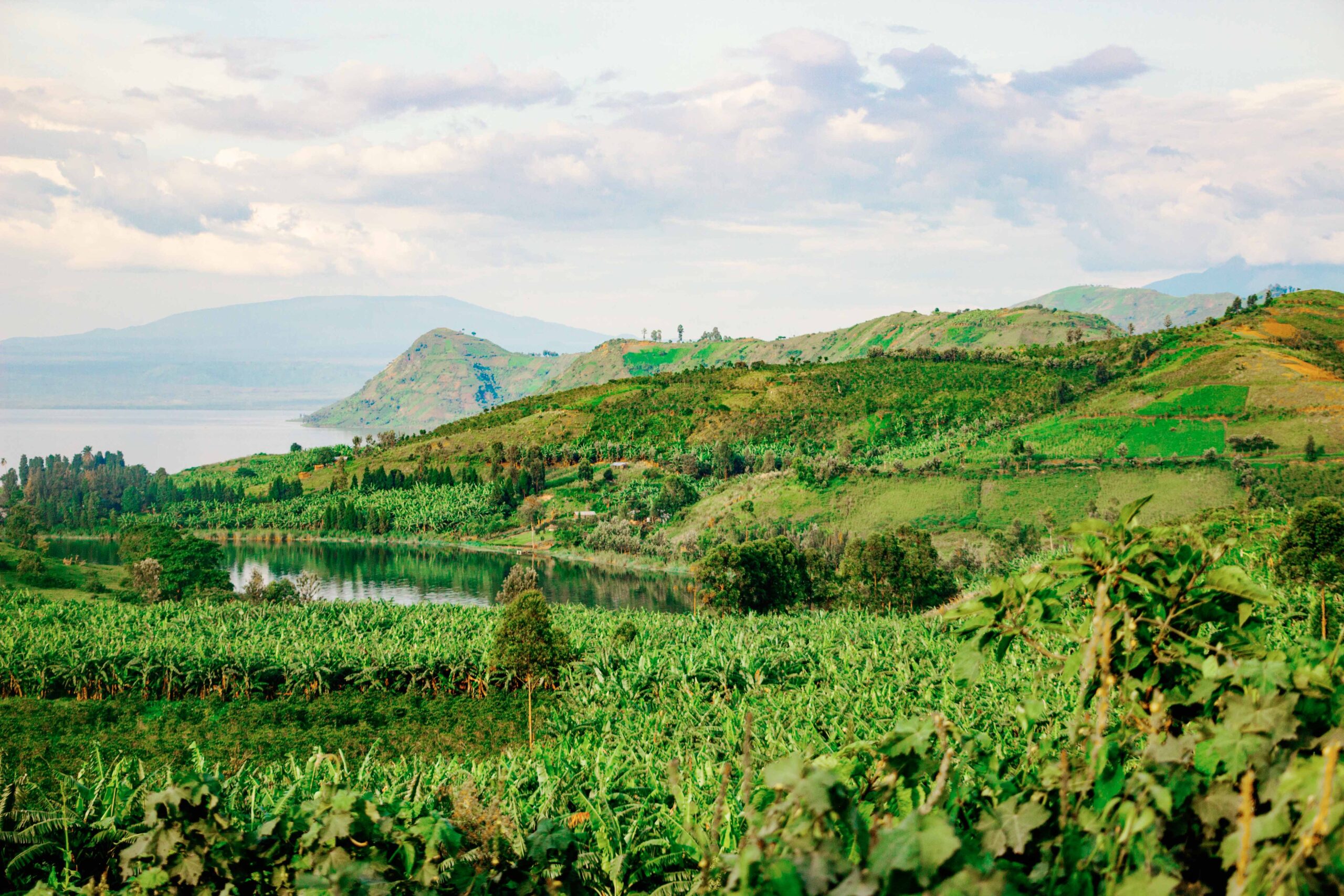
Why is your art and style of documentation necessary?
My art style and documentation are necessary because they incorporate what I like to describe as unpredicted moments and an appealing visual representation of what are mostly unconsidered locations and individuals.
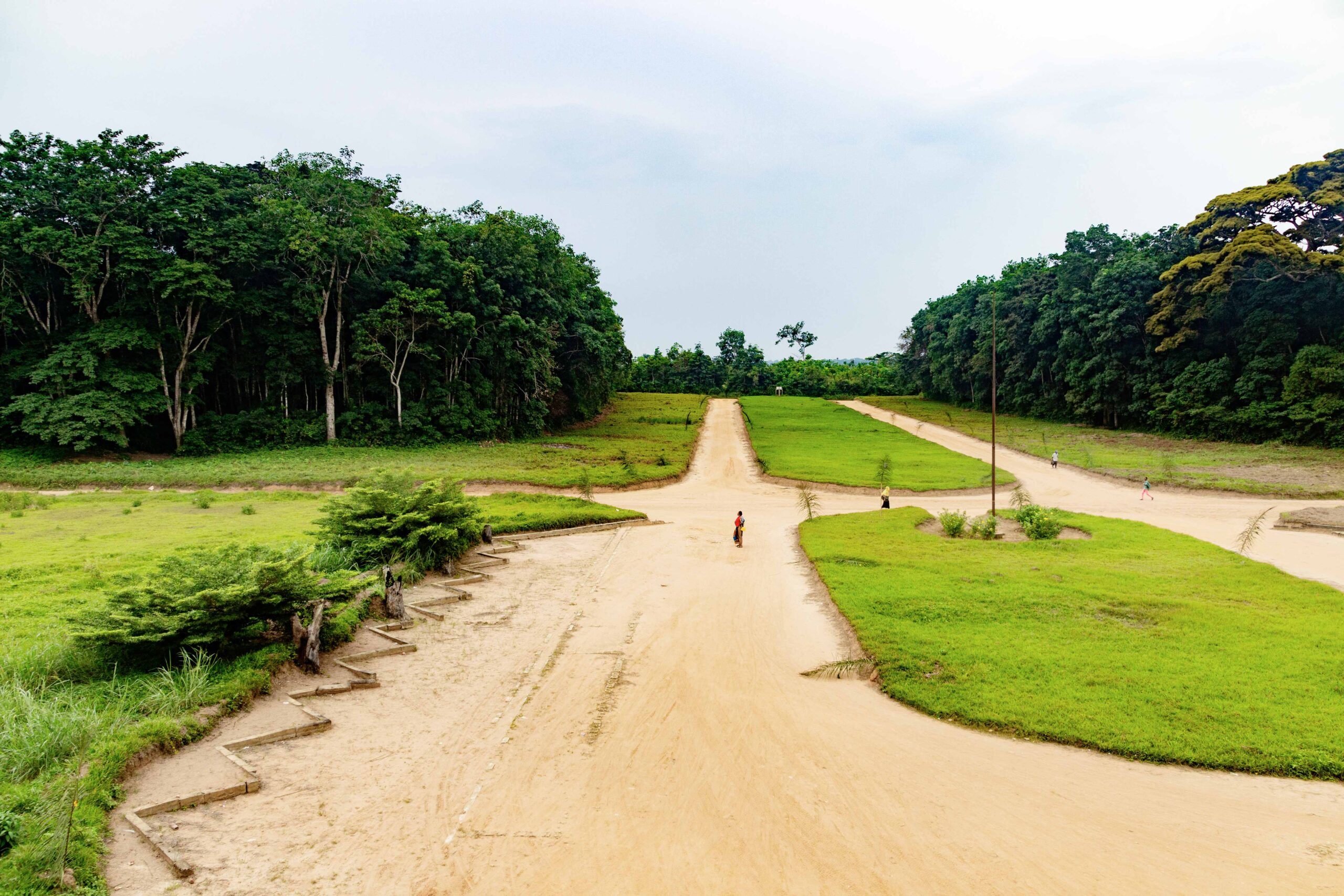
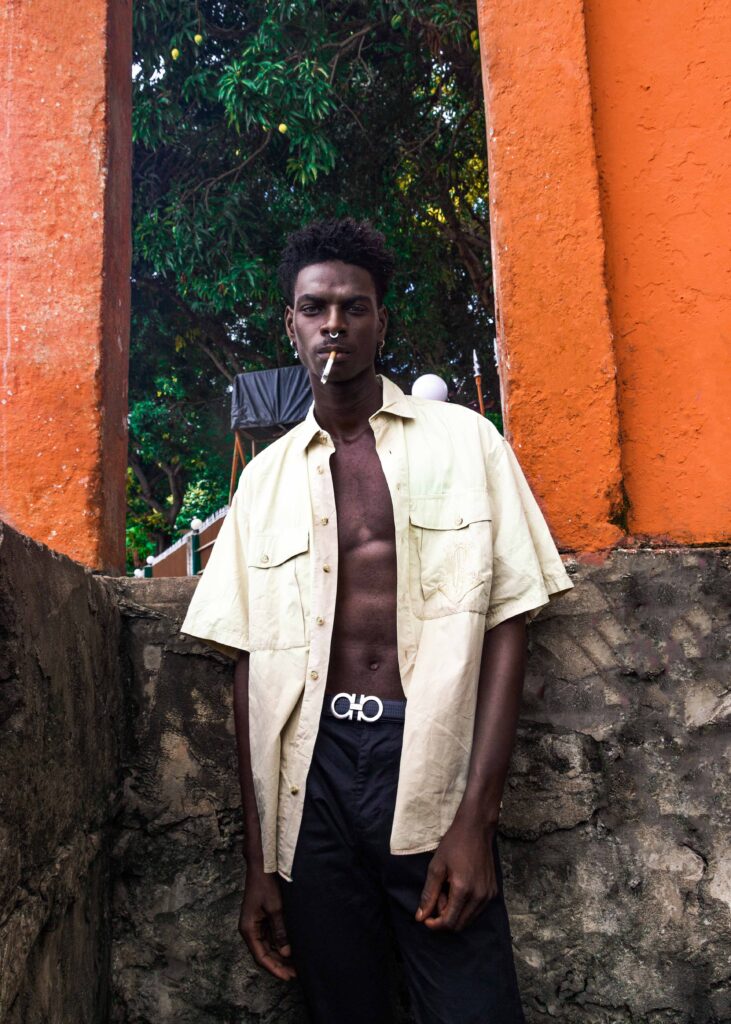
Do you have photography inspirations?
Ohhh yes I do, there is this amazing photographer that inspires me. I believe her name is Christina Nwabugo. Her work is so fascinating, and her photos complement each other. She has developed her “signature style” and I just love the cohesion of the colours because it gives a certain feeling about the atmosphere in which the photographs were taken and that for me is pure talent.
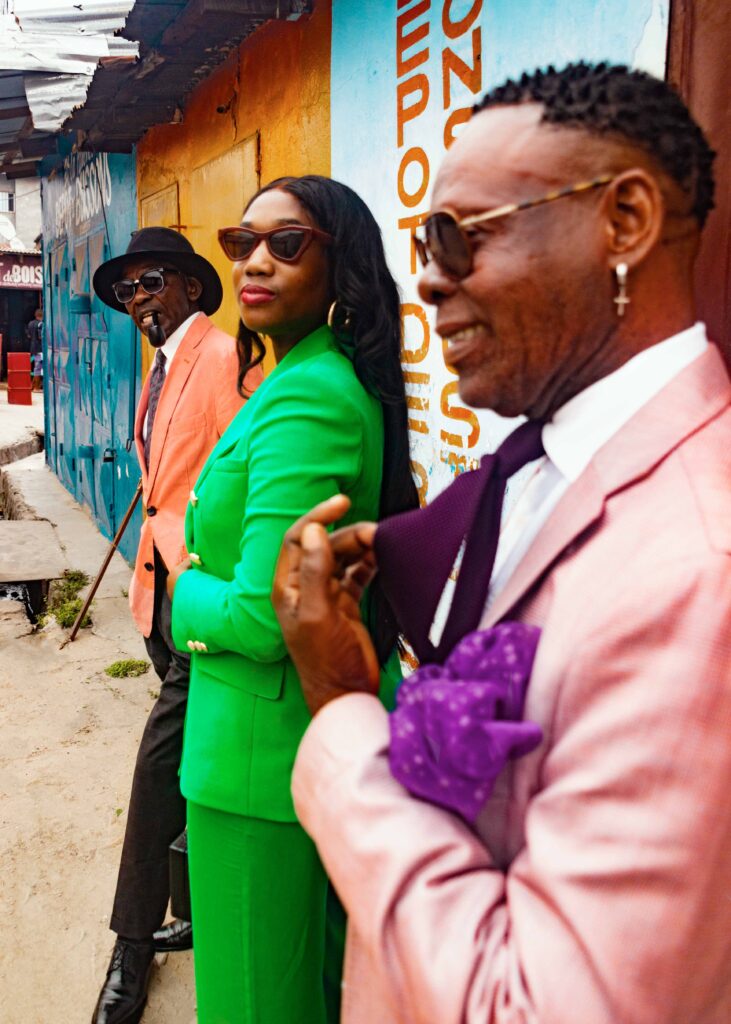
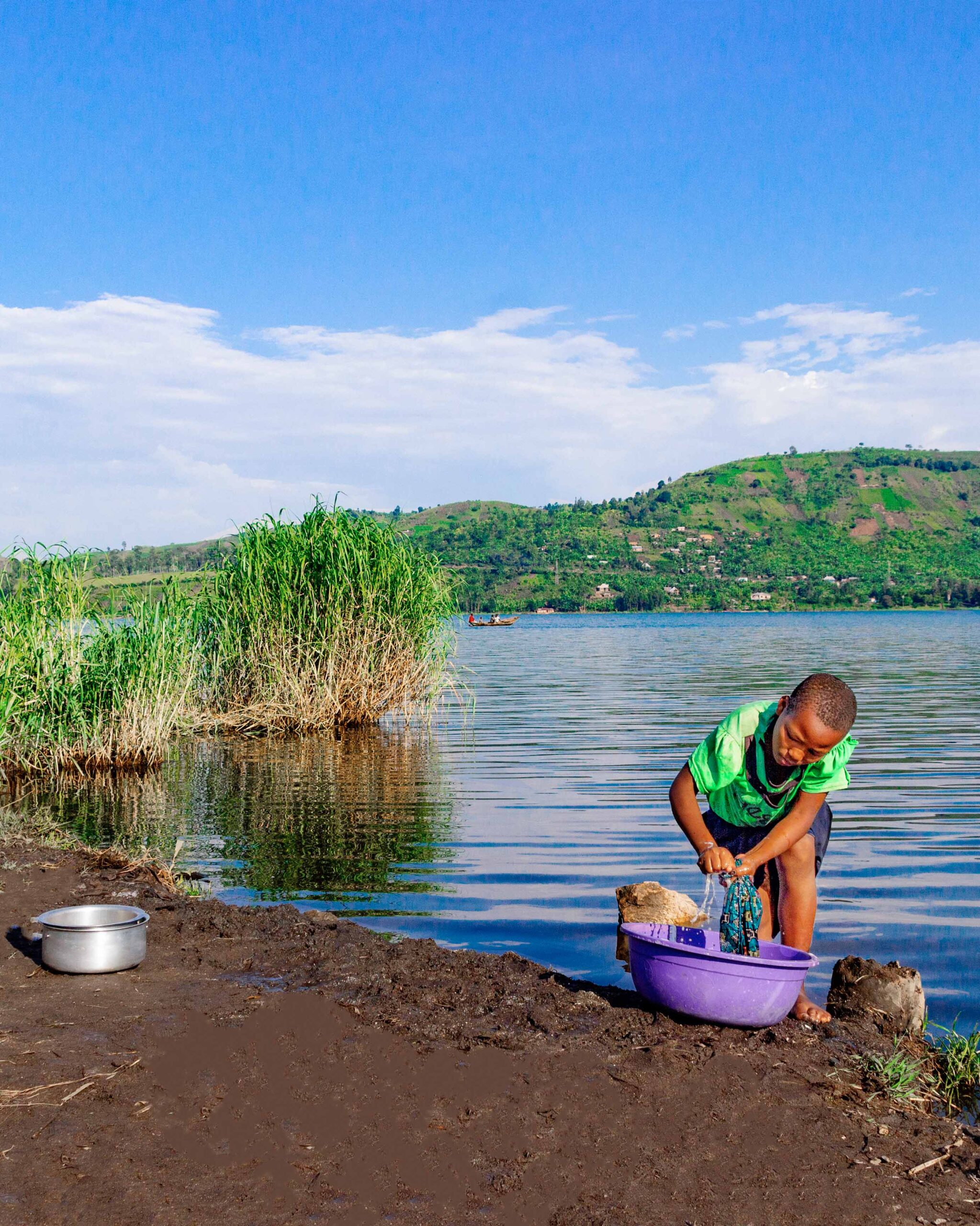
You’re the maker of your work and you love everything you have made, but do you have a favourite image, is there a story behind it?
As I accompanied my sister to retrieve her clothes from her tailor I sat in front of the tailor’s shop carefully watching people walk around. A woman was pacing around slowly. She wore African print attire and she had a calm expression on her face. I took a photo of her and I just love how beautiful and feminine she looks in this photo. So I started a series of photos called “the women of Congo” because of this image that is still very appealing and completely fascinating to me.


